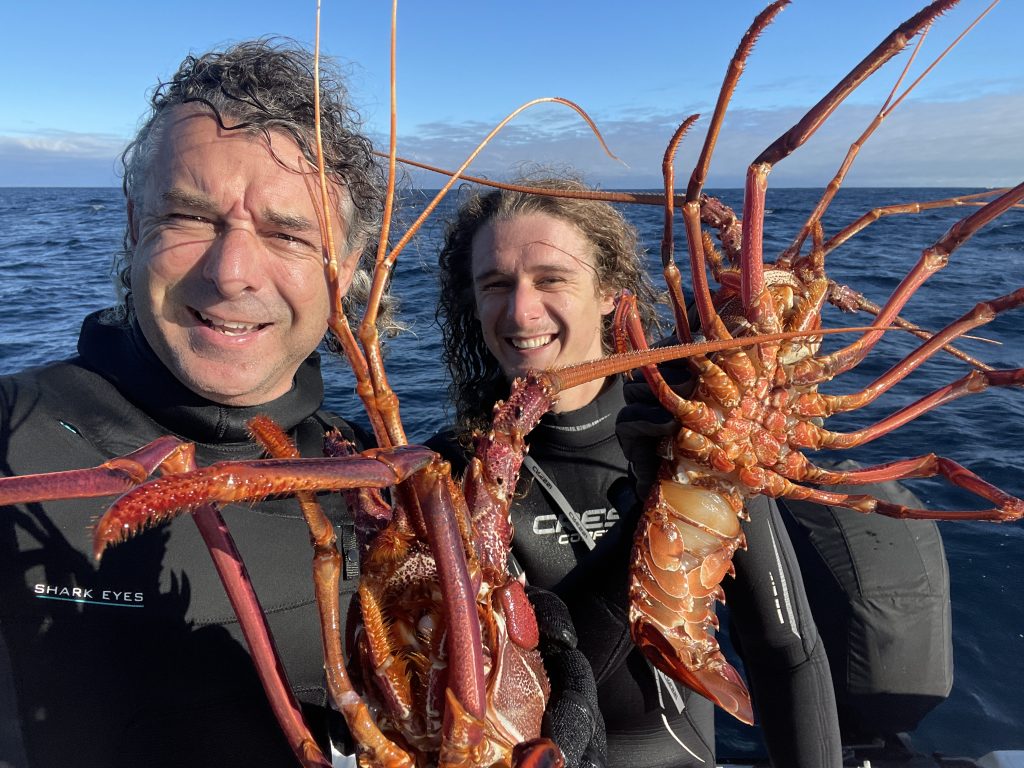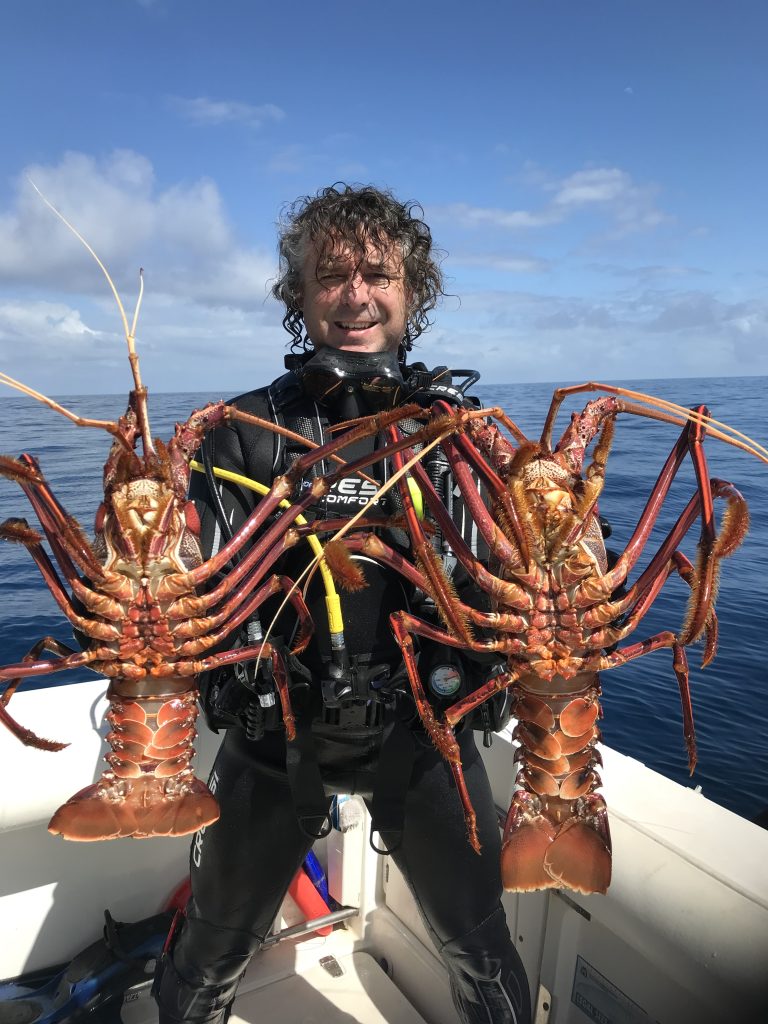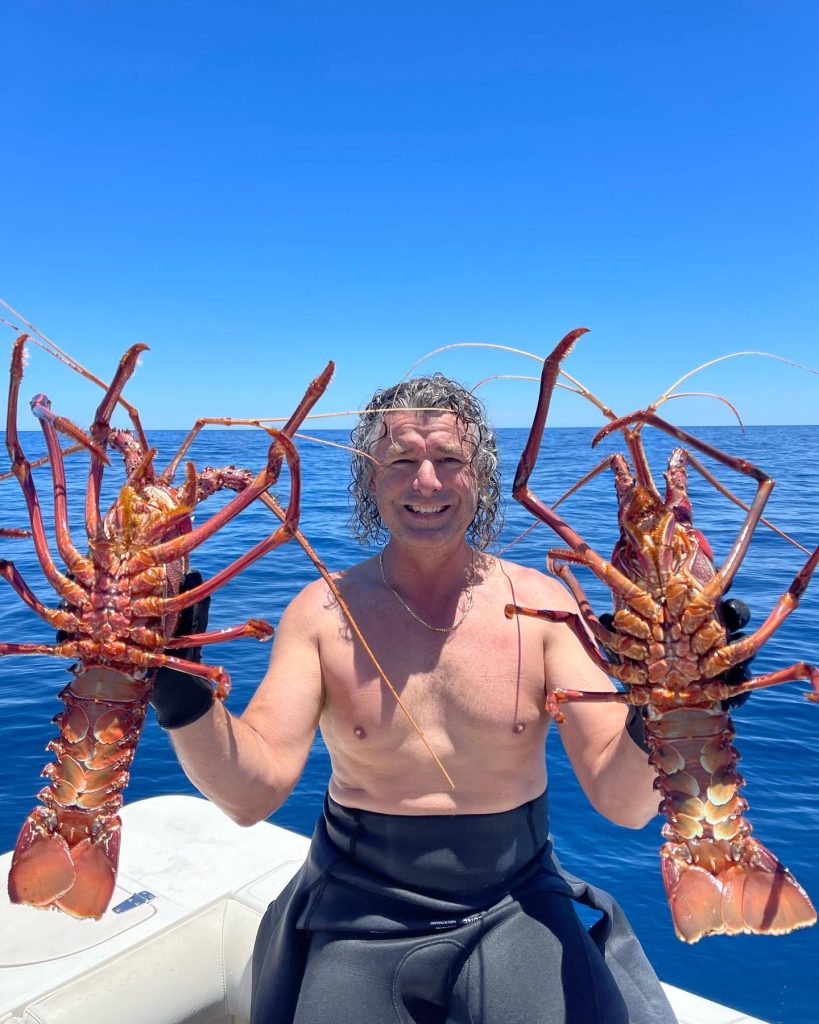
G’day fellow fishos! Today, we’re diving deep into the nitty-gritty of cray pot setup. Setting up your cray pot properly can make all the difference in your catch. So, grab a cuppa, sit back, and let’s walk through this process step by step.
PART 1: Cray Pot Essentials
Understanding the Basics
Let’s start with the essentials. Your cray pot is your ticket to a bountiful catch. The key components include the steel base, jarrah frame, and pine slats. Pine slats are fantastic for catching crays. The steel base is sturdy, but it needs protection. That’s where the sacrificial anode comes into play. It dissolves away, preserving your steel base from rusting.
The more you pull your pots in and out of the water, the faster your anode will disappear. If you put them in for two weeks and take them out for two weeks, that initial period when your pot first goes back under the water, the anode will do all its work in protecting and preserving your steel base from rusting away. That’s when it works the hardest. That’s because your steel base will have rust and things on it just from being out in the air and oxidization happens. Remember, regular checks on your pots are crucial, especially after exposure to air and oxidization.
Weight Distribution: The Ballast
Adding weight to your cray pot is essential. A light pot can easily move, get stuck under sand, and won’t catch crays effectively. We need to weigh it down properly to avoid these issues. For steel-based pots, use a large ballast of around 9-10 kilos, on top of the pot’s weight. Wooden based pots need two ballast pieces.
To secure the ballast, use strong cable ties. Place the ballast on the side where you’ll carry the pot. This ensures stability, especially when lifting it, holding on the gunnel of the boat or sitting on the tipper. Tighten the cable ties securely to prevent any movement or noise underwater. A pot that is noisy will simply not catch crays as well. Trim off the excess ties.
Once the anode and ballast are in place, your pot is almost ready to go. Just add the necessary length of ropes and floats, and you’re all set for a successful crayfishing trip.
Rope Management
When it comes to your rope length, here’s the deal: Use an addtional 5 metres more than your water depth as a guide. If you’re in 10 meters of water, you’ll want a rope that’s about 15 meters long. Why? Well, you need some extra length to handle waves and position your boat correctly without things going wrong. But here’s a key point to remember: between April and October, there are laws in place to protect whales. If your rope is longer than 20 meters, you must weigh down the top half to prevent whale entanglement.
Even if your rope is shorter than 20 meters, it’s a good idea to avoid having too much slack on the surface. If you have more than five meters of extra rope, coil it up a few meters. If you’re not sure how to do this, use a cable tie to secure it near the floats. This helps keep your gear safe and prevents entanglement issues. Remember these simple tips when you’re setting up your rope and be considerate of other anglers and marine life.
Final Checks
Before you head out to the waters, do a final check. Ensure the anode is secure, the ballast is tightly fastened, and the rope length complies with regulations. A little effort in preparation goes a long way in ensuring a successful crayfish expedition.

PART 2: ID and Properly Secure Your Gear
Don’t forget to mark your gear ID on your pot’s frame. This helps identify it as yours. If your floats come loose without any ID, your gear may be lost at sea. Divers won’t be able to retrieve it for you.
When setting up your floats, use float savers to prevent knots from slipping. Personalise your floats with your initials, birth year, and gear ID number. Use a soldering iron to burn this information, ensuring it stays permanently. Remember, in Western Australia, only use a maximum of two floats per rope. Avoid using three or four floats; instead, vary their sizes and colors for identification. Your gear ID number is crucial for compliance.
In Western Australia, you can share crayfish pots. If you and a friend, spouse, or crew member are fishing on different days, both of your gear IDs can be on the pots. This means either of you can pull the pot, even if the other person isn’t there. It doesn’t increase your catch limit; it just allows flexibility in who can retrieve the pot. Each person’s bag limit remains the same, but this rule lets you share fishing gear legally.

PART 3: Setting up your pots in the water
Float Placement and Knots
It’s important to keep your floats at a good distance from each other on the surface. This makes it easier to handle when you’re on the boat. If the floats are too close together, it can get tricky.
Use a simple knot: loop the rope twice, pass the tag through, and put the front ring over the back ring. Repeat this process for each float. Adding a float saver prevents the knot from slipping through the foam in rough weather. Keep the knots tight to avoid wear and tear. Once done, your setup is good to go!
Joining Rope and Bridle
Here’s how you join the rope to the bridle: First, create a loop in the rope and pass it under and around the bridle. Do this twice, then pull it tight towards the loop. Two loops are enough; you don’t need more. To secure it, grab the ends and lock them together. This knot won’t come undone easily. For extra safety, you can add a cable tie. To undo it later, just release the lock, and everything will loosen up. It’s a simple, reliable knot that works even after being in the water for a while.
Setting Your Pot: A Vital Tip
One crucial tip when setting out your pots for the first time in the season, especially when the ropes are dry and stiff, is to avoid a common mistake. When you’re eager to get your pots in the water, it’s easy to rush the process. You might be with a friend, having a drink, and not paying too much attention to where you place your pots. You could end up coming back the next day, only to find that your floats and ropes are missing, leaving you puzzled and wondering what happened. So, here’s a simple but essential piece of advice when deploying dry ropes:
- Tighten all the knots before you throw the pot into the water. Dry ropes tend to become loose quickly, and it’s vital to secure them properly.
- Instead of tossing the pot and its rope over the side, carefully place the pot in the water and hold onto the rope. Stay with the pot; don’t drive away immediately. Let the pot reach the ocean floor, and as the rope gradually slackens, maintain tension on it.
- Whilst you’re in the boat, don’t rush away with the engine. Let the wind naturally drift you away. This way, your pot is firmly anchored to the seabed. The water softens the rope, sets the knots, and ensures your pot stays put, preventing any unexpected issues, such as lost pots or floats.
By following these simple steps and being attentive to the details, you can significantly increase your chances of a successful crayfishing expedition. Remember, a little attention to knots and regulations can go a long way in ensuring a productive and trouble-free day on the water. It’s a small effort that can make a big difference.

PART 4: Choosing the Right Bait for Your Cray Pot
Setting up your cray pot is essential, but choosing the right bait is equally as important for a successful crayfishing experience. Let’s break down the bait options and the seasoning process to ensure you’re all set for your next expedition.
Bait Selection: Quality Over Quantity
When it comes to bait, there’s no one-size-fits-all answer. All kinds of bait can attract crays, but some last longer than others. For instance, heads of fish like tuna, hoki, or roughy can last an entire week, making them ideal if you don’t plan to check your pots frequently. If you’re pulling your pots regularly, using a quick-release bait like half a blue mackerel, along with heads, works wonders. The fast release of the blue mackerel attracts crays instantly, while the heads keep them feeding and sheltered inside the pot.
Bait Placement and Quantity
You don’t need to stuff your pot to the brim with bait; just fill it reasonably. The key is to keep the bait fresh. Avoid using old, smelly bait as it won’t attract crays effectively. Remember, crays need shelter and food, and your pot provides both. By keeping them well-fed and content inside the pot, you increase your chances of a good catch.
Seasoning Your Pot
Now, let’s talk about seasoning your pot. If your pot is brand new, it needs some time to get ready for action. After a couple of days in the salty brine, the pot will saturate with water, and the bubbles will disappear. This process makes the pot heavier, ensuring it stays in place underwater. Typically, it takes around 10 days to two weeks for a new pot to reach its prime condition. While new pots catch crays from day one, they get even better with time, resulting in larger catches.
PART 5: The Crayfish Life Cycle
When it comes to crayfishing, knowledge of the crayfish life cycle can be your best ally. In Western Australia, the Western rock lobster has a unique and fascinating life that affects when and where you should catch them.
Majority of the Year: Reef Dwellers
Most of the year, these crayfish reside on or within the reef system. To maximize your catch during this period, position your pot up against a piece of reef with an undercut, creating a sheltered space. Remember that crays seek refuge in cracks and crevices to avoid predators. By placing your pot near such natural structures, you enhance your chances of success.
The Annual “Run of the Whites”
Once a year, crayfish undergo a special event called the “run of the whites.” During this time, young crayfish move from inshore nurseries, this area is typically from the Beach to the Five Fathom Bank, offshore to find themselves a new home. Why you ask, well it’s time for the now size crays that have been living and growing for approx 4 years in the sheltered inshore reef systems. They landed there after our natural ocean currents washed them inshore as tiny larvae. It’s now time to leave home and find their own place to spend the rest of their life. What’s incredible is that they don’t need a calendar or technology to guide them; they naturally sense when it’s time to leave their nurseries.
After their molt on the moon cycle in November every year they sit on the sand waiting for their new shells to harden, this gives their shell the lighter or white appearance hence the Name Whites. Once their new shell hardens they embark on a migration following a magnetic compass line north-northwest, as they move across the sandy ocean floor in search of a new home.
Setting Your Pot on the Path
During the “run of the whites,” it’s crucial to set your pot on the northwest side of a sand lump. These juvenile crayfish are seeking their first refuge, much like finding shelter behind the first available object after running across a parking lot naked. Your pot, with food and shelter, becomes an attractive home for them.
For the rest of the year, position your pot up against the reef with cracks and crevices. Rotate your pots, keep the bait fresh, and rig them properly to maximize your catch all season long.
There you have it – a comprehensive guide to cray pot rigging, bait selection, and the mesmerizing crayfish life cycle. By mastering these intricacies, you’re not just fishing; you’re orchestrating a symphony of skills, knowledge, and respect for nature.
So, arm yourself with this wisdom, embark on your next crayfishing adventure, and let the ocean unveil its secrets. Happy fishing!
